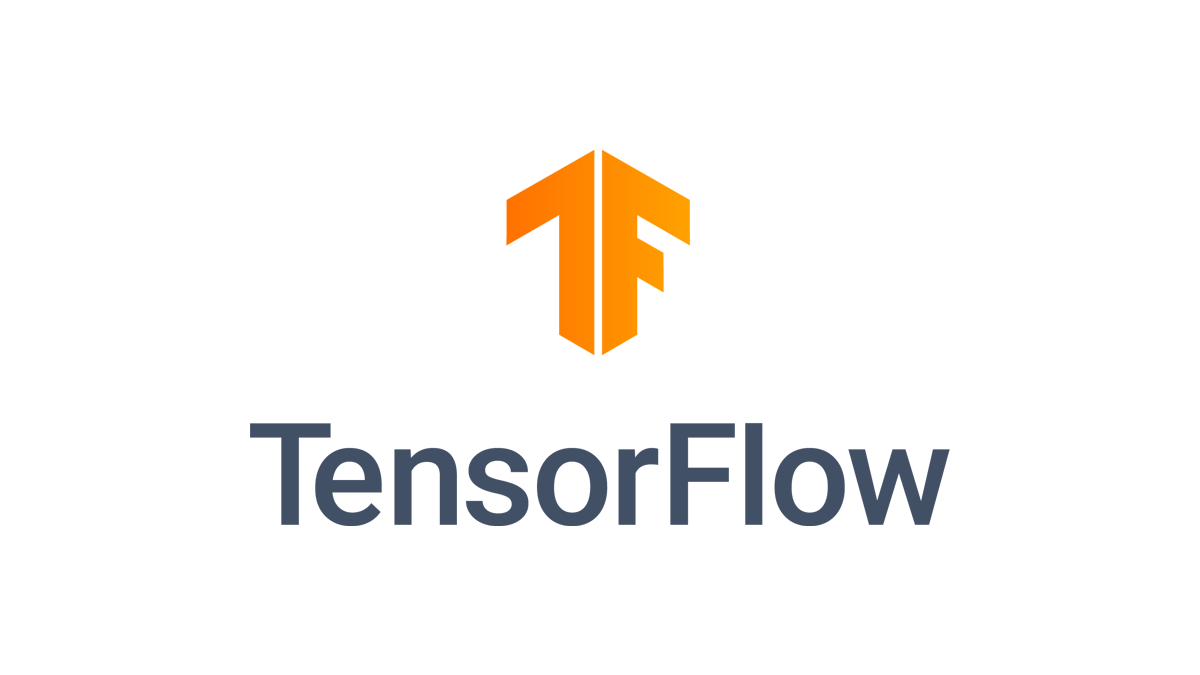Documentation |
 |
TensorFlow is an open source software library for numerical computation
using data flow graphs. The graph nodes represent mathematical operations, while
the graph edges represent the multidimensional data arrays (tensors) that flow
between them. This flexible architecture enables you to deploy computation to
one or more CPUs or GPUs in a desktop, server, or mobile device without
rewriting code. TensorFlow also includes
TensorBoard, a data visualization
toolkit.
TensorFlow was originally developed by researchers and engineers
working on the Google Brain team within Google's Machine Intelligence Research
organization for the purposes of conducting machine learning and deep neural
networks research. The system is general enough to be applicable in a wide
variety of other domains, as well.
TensorFlow provides stable Python and C APIs as well as non-guaranteed backwards
compatible API's for C++, Go, Java, JavaScript, and Swift.
Keep up to date with release announcements and security updates by
subscribing to
announce@tensorflow.org.
Installation
To install the current release for CPU-only:
pip install tensorflow
Use the GPU package for CUDA-enabled GPU cards:
pip install tensorflow-gpu
See Installing TensorFlow for detailed
instructions, and how to build from source.
People who are a little more adventurous can also try our nightly binaries:
Nightly pip packages * We are pleased to announce that TensorFlow now offers
nightly pip packages under the
tf-nightly and
tf-nightly-gpu project on PyPi.
Simply run pip install tf-nightly or pip install tf-nightly-gpu in a clean
environment to install the nightly TensorFlow build. We support CPU and GPU
packages on Linux, Mac, and Windows.
Try your first TensorFlow program
$ python
>>> import tensorflow as tf
>>> tf.enable_eager_execution()
>>> tf.add(1, 2).numpy()
3
>>> hello = tf.constant('Hello, TensorFlow!')
>>> hello.numpy()
'Hello, TensorFlow!'
Learn more examples about how to do specific tasks in TensorFlow at the
tutorials page of tensorflow.org.
Contribution guidelines
If you want to contribute to TensorFlow, be sure to review the contribution
guidelines. This project adheres to TensorFlow's
code of conduct. By participating, you are expected to
uphold this code.
We use GitHub issues for
tracking requests and bugs, please see
TensorFlow Discuss
for general questions and discussion, and please direct specific questions to
Stack Overflow.
The TensorFlow project strives to abide by generally accepted best practices in open-source software development:

Continuous build status
Official Builds
| Build Type |
Status |
Artifacts |
| Linux CPU |
 |
pypi |
| Linux GPU |
 |
pypi |
| Linux XLA |
 |
TBA |
| MacOS |
 |
pypi |
| Windows CPU |
 |
pypi |
| Windows GPU |
 |
pypi |
| Android |
 |
 |
| Raspberry Pi 0 and 1 |
  |
Py2 Py3 |
| Raspberry Pi 2 and 3 |
  |
Py2 Py3 |
| Build Type |
Status |
Artifacts |
| IBM s390x |
 |
TBA |
| Linux ppc64le CPU Nightly |
 |
Nightly |
| Linux ppc64le CPU Stable Release |
 |
Release |
| Linux ppc64le GPU Nightly |
 |
Nightly |
| Linux ppc64le GPU Stable Release |
 |
Release |
| Linux CPU with Intel® MKL-DNN Nightly |
 |
Nightly |
Linux CPU with Intel® MKL-DNN
Supports Python 2.7, 3.4, 3.5, and 3.6 |
 |
1.13.1 pypi |
Red Hat® Enterprise Linux® 7.6 CPU & GPU
Python 2.7, 3.6 |
 |
1.13.1 pypi |
Learn more about the TensorFlow community at the community page of tensorflow.org for a few ways to participate.
License
Apache License 2.0
 Directories
¶
Directories
¶


